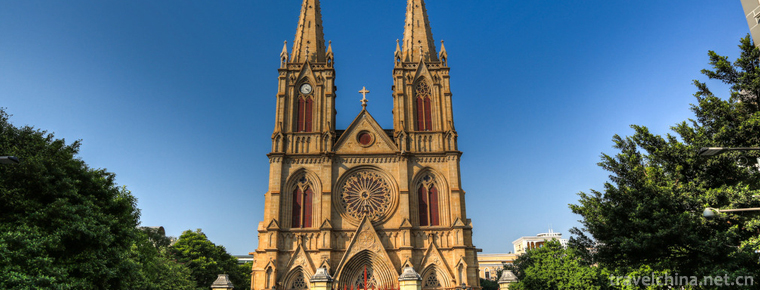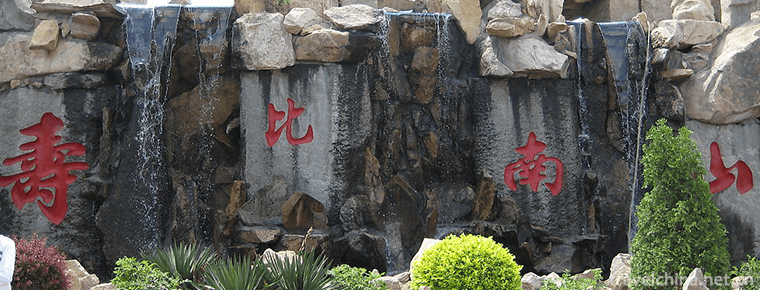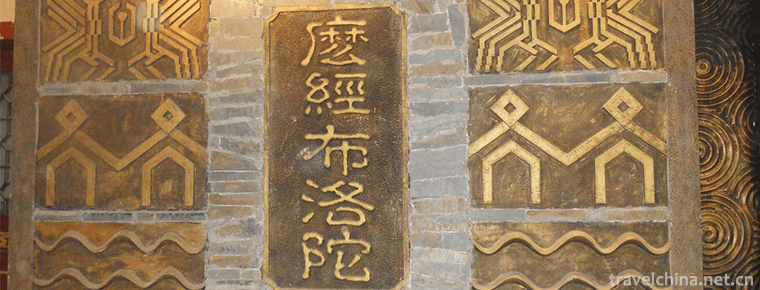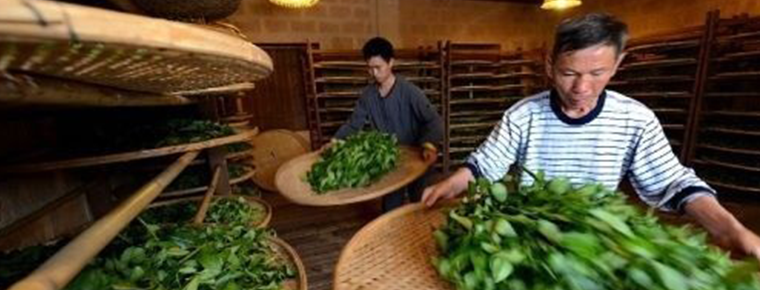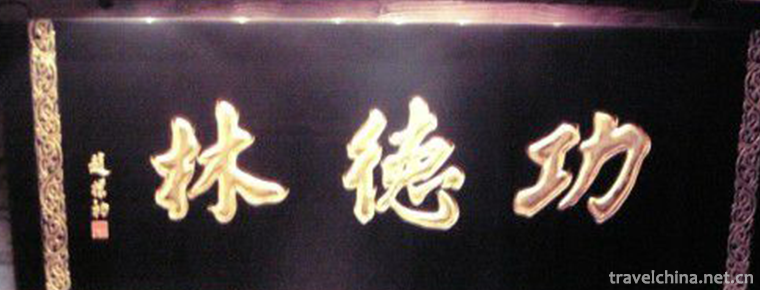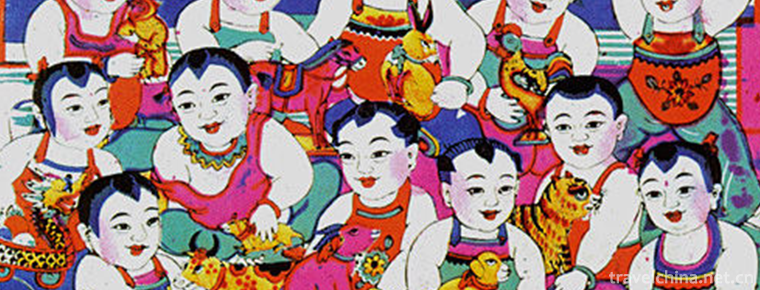Mashan folk songs
Mashan folk songs
Mashan Folk Song is a traditional folk song form which is popular in the area of Mashan Town, Jingzhou District, Jingzhou City, Hubei Province. One of China's national intangible cultural heritage lists. With a long history and specific geographical environment, it has formed its own unique folk song style. It is known as the cradle of Jingzhou folk song and occupies a very important position in the treasure house of Hubei folk music.
On June 7, 2008, the "Mashan Folk Songs" declared by Jingzhou District, Jingzhou City, Hubei Province, were listed in the second batch of national intangible cultural heritage lists with the approval of the State Council. Heritage serial number: 580 II-81.
historical origin
Mashan Town, Jingzhou District, Jingzhou City, Hubei Province, is famous for its folk songs. Here once unearthed rare cultural relics Yue Wang Goujian sword. With a long history and specific geographical environment, it has formed its own unique traditional folk song style. It is known as the cradle of Jingzhou folk song and occupies a very important position in the treasure house of Hubei folk music.
Mashan folk song has distinctive regional cultural characteristics and has a long history. Its history can be traced back to "Yangge" and "Tiange" in Chu area around the 1st century A.D. From 298 B.C. to 263 B.C. (King Xiangwang of Chu in the Warring States Period), Song Yu said in Question to the King of Chu that "the guest sings in the middle of Yun, which began with Xiali and Ba people, and thousands of people belong to the Kingdom and are in harmony...". Later, from the 7th century to the early 20th century, the Tang, Song, Ming and Qing dynasties recorded the "Yun Zhongtian Song".
artistic characteristics
artistic form
Mashan folk song represents the overall morphological and musical characteristics of Jianghan Plain folk song, with a strong original ecological flavor. Its melody is smooth and pleasant, rhythm is lively and lively, lyrics are concise and refined, popular and easy to learn. Its peculiar Lyric structure of five sentences into songs and the end of sentences is a treasure of Jingchu culture. The five major tunes of "trumpet tune", "buddy tune", "dumb tune", "jingkou tune", "oh dumb tune" and the five-sentence song are well-known. They have been singing for a long time and are widely spread among the people.
The content of Mashan folk songs covers historical Dynasty stories, knowledge of production and life, flowers, birds, insects, fish, wedding and funeral customs, Festival lights and celebrations, etc. There are dozens of kinds of folk songs, such as field songs, chants, minors, lantern songs, nursery songs, folk songs, religious songs and so on. Five-sentence song in Tian Ge occupies an extremely important position in Mashan folk song. "Five-sentence song" can be divided into "shouting five sentences", "catching up with five sentences" and "wearing five sentences". The structure of the song is quite different and the basic melody is much the same.
Representative repertoire
"Five Major Tunes" (1) "Horn Tune": "Turn over a Pair of Peony"
(2) "Dude tune": "I say the boss is a bull"
(3) "Duo Diao": "There's hope for a bumper harvest this year"
(4) Dingding Tune: One Clothes and Two Watchers
(5) Toad tune, A Toad with a Mouth.
Inheritance and protection
Inheritance status
Before 1949, Ma Shan folk songs were in a spontaneous state. During this period, Wang Shengbing, Cai Difeng, Liao Chuanfa and others were the representatives of Ma Shan folk songs. At the beginning of 1955, the social and Cultural Department of Hubei Cultural Bureau organized 12 famous figures in literary and artistic circles, such as Zhang Jingan and Shalai, to go to Ma Shan to squat, collect Ma Shan folk songs and collect more than 50 pieces. In October of the same year, Mashan Folk Song Team participated in the county Folk Song Concert performance, with an unprecedented gathering of singers.
As early as the 1950s, some of Mashan's folk songs, as excellent Chinese folk songs, were recorded by Wuhan Record Company and exported to Western Europe and Southeast Asian countries. At that time, primary and secondary schools were listed as music textbooks, and both men and women, old and young, took singing as their pleasure. The first volume of the Chinese folk song collection Red Flag Ballads, Singing Mao Zedong, is a folk song in Mashan area. In 1957, Ma Shan folk singer Wang Zhaozhen and others sang "Horn Tune" and "Duo Tune" in Huairen Hall, Zhongnanhai, Beijing. They were cordially received by Zhou Enlai, Liu Shaoqi and other central leaders. In 1960, Chinese Folk Song published by China Music Publishing House officially published five major tunes of Mashan Folk Song. In September 2003, the special film "Chu Ge Today and Past" filmed by CCTV in Mashan was broadcasted on CCTV International Channel "Travel through China", introducing Jingzhou Mashan folk songs to audiences at home and abroad. In 2009, the Ministry of Culture confirmed Wang Zhaozhen as the successor of Mashan Folk Songs in the Notice of the Ministry of Culture on the Announcement of Representatives of the Third Batch of National Non-material Cultural Heritage Projects, No. 6 of Wenfei Heritage .
Number: 03-0863
Information: Wang Zhaozhen, Gender Female, Han Nationality, Jingzhou District, Jingzhou City, Hubei Province.
protective measures
In order to inherit and protect Mashan folk songs, the Cultural Department of Jingzhou District, in cooperation with Jingzhou Art Research Institute, has set up a rescue and protection organization for Mashan folk songs, and invited experts and scholars to participate in the collection, collation and research of Mashan folk songs. The original recording of Mashan folk songs collected was made into CD-ROM, and the music scores and related materials were centralized, archived and preserved, and a special collection of Mashan folk songs (Jiangling Folk Song Album) was published.
In addition to collecting and sorting out, Jingzhou District has also adapted and innovated the traditional folk songs of Mount Ma, endowed them with new connotations, and launched a new group of folk songs and dances, such as "Cheshuigong and Drum", "Fire and Fire", "Fenggu Qiming", "Opening Yangmen", "Night Fishing" and "Mountain Song Singing Farmer Music", which make the folk songs of Mount Ma more epochal and closer to life. Close to the masses.
Ma Shan Town also takes Ma Shan Middle School as a pilot, mobilizing students to collect 32 Ma Shan folk songs lyrics, making Ma Shan folk songs into "Hometown Folk Songs" local music teaching materials, and incorporating them into the teaching content of middle school music lessons, and promoting the use of them in schools throughout the town, so that students can "sing their home songs orally and think about their home affairs". Mashan Middle School won the honorary title of "the first batch of excellent Chinese cultural and artistic heritage schools in Hubei Province" in 2011. In addition to inviting city and district folk song experts to teach for students, the school also requires students to learn to sing more than five Mashan folk songs during the winter vacation, and the response is good.
On this basis, in June 2005, Jingzhou District, in cooperation with Jingzhou Art Research Institute, launched the project of declaring Mashan Folk Songs as a list of intangible cultural heritage in Hubei Province and at the national level. After the appraisal by the Provincial Expert Committee on the Protection of intangible cultural heritage, Mashan folk songs were listed in the first batch of intangible cultural heritage lists in Hubei Province and made public online. In 2008, Mashan folk songs were listed in the national intangible cultural heritage list.

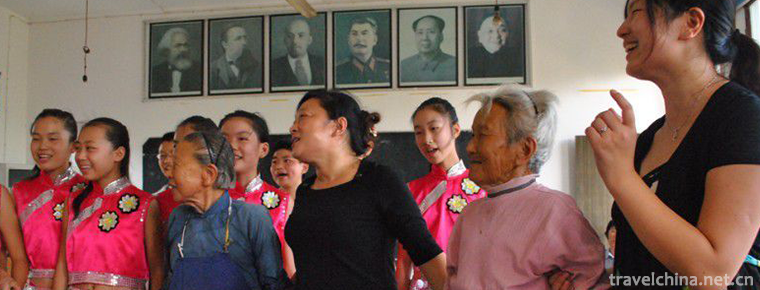
-
Shishi Sacred Heart Cathedral
Guangzhou Shishi Sacred Heart Cathedral is located in Yide Road.
Views: 149 Time 2018-10-12 -
Lake Manasarovar
Ma Pang yongcuo is 35 kilometers east of the town of Pu Lan county.
Views: 172 Time 2018-10-12 -
Portuguese chicken
The Portuguese chicken is one of the representative dishes in Macao. It's a Portuguese food from Africa and India. It's made of whole chicken.
Views: 237 Time 2018-11-14 -
Longkou Nanshan Scenic Area
Nanshan tourist scenic spot is located in the beautiful scenery of Lu Shan in Longkou City, Yantai City, Shandong province. The scenic spots of Nanshan Temple.
Views: 115 Time 2018-12-08 -
The peak of unique beauty Duxiufeng
Duxiufeng is located in Jingjiang King's City in the center of Guilin City, Guangxi. It is an inseparable part of the King's City Scenic Area. Gufeng protruding, steep, magnificent, known as "a p.
Views: 152 Time 2018-12-12 -
Buluotuo
Buluotuo, the traditional folk literature of Ganzhuang Mountain in Baise, Guangxi, China, is one of the national intangible cultural heritages..
Views: 203 Time 2018-12-15 -
Production Techniques of Flower Tea
Jasmine tea, also known as jasmine fragrance, is the tea and jasmine flowers to blend, bass, so that tea leaves absorb flower fragrance into tea, tea fragrance and jasmine fragrance interactively inte.
Views: 171 Time 2019-05-04 -
Vegetarian production skills
Gongdelin vegetarian food originated in temples. During Tongzhi period of Qing Dynasty, Temple vegetarian food gradually entered society. In 1922, the disciples of Wikipedia, a Buddhist monk at Changj.
Views: 291 Time 2019-06-17 -
Xinyang Folk Songs
Xinyang Folk Song is the traditional folk music of Xinyang City. Xinyang City, known as the hometown of song and dance in Henan Province, has a rich stock of traditional folk music, dance and other tr.
Views: 310 Time 2019-07-06 -
Yangjiabu woodcut New Year paintings
Yangjiabu wood engraving New Year's picture is a traditional folk engraving which is spread in Weifang City, Shandong Province. Its production method is simple, exquisite craft, bright color, rich con.
Views: 114 Time 2019-07-11 -
Anhui Agricultural University
Anhui Agriculture University is located in Hefei, capital of Anhui province. Center Urban area Key universities in Anhui By Ministry of agriculture and rural People's Republic of China State Forestry .
Views: 189 Time 2019-10-10 -
Notice for visiting Chengdu Giant Panda Base
Please don't make any noise. Don't make any abnormal or sharp sounds, which will disturb the wild animals. Giant pandas and other animals naturally like quiet environment and are sensitive to noise. In order to ensure the effect of your visit, please respect their living habits and keep a quiet environment..
Views: 73 Time 2020-12-13
